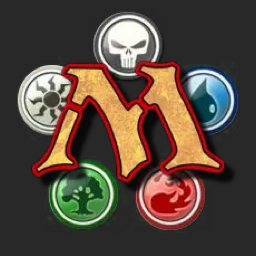Hi. Thank you for your feedback!
In the case of 3-years-old I would also recommend removing the creatures with strong graphics. In my case, with my 6-years-old, I remove all the black cards, as they mostly have graphics with death, corruption and destruction.
I didn’t thought of playing memory with MTG. It’s actually interesting 🤔







Wow. That’s a great idea! Death is Sleep and Exile is You are grounded!
I will elaborate on this when I get to this situations and update the article accordingly.